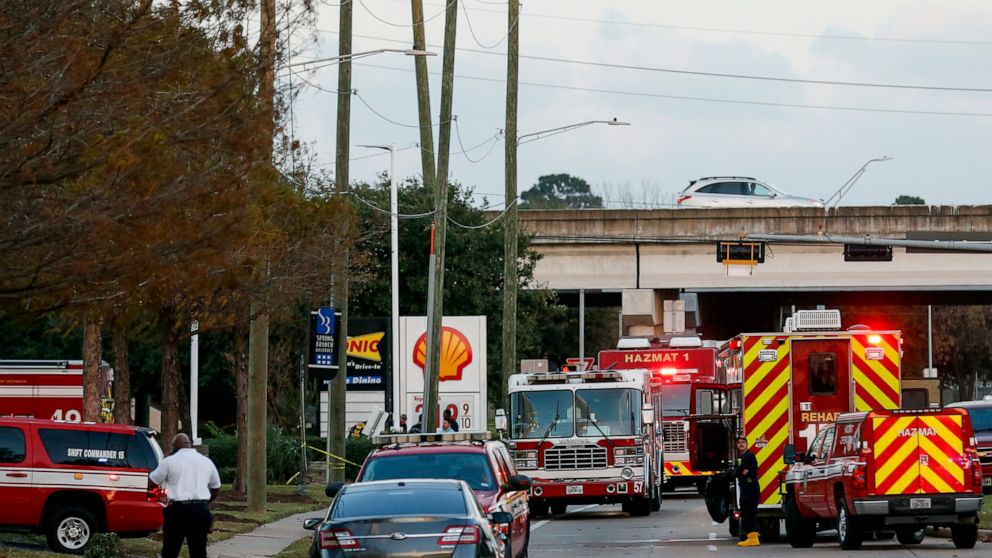
- The number of students enrolled in U.S. colleges fell 1.3% this fall — that’s 231,000 students.
- The U.S. now has 17.9 million enrolled college students, the first time in a decade enrollment dipped below 18 million.
- The hardest-hit are private four-year colleges, where enrollment declined 2.1% from a year earlier.
College applications are typically due in early January, a deadline that raises the blood pressure of students and parents alike amid tougher-than-ever acceptance rates at top schools. But behind those low acceptance rates is a trend that’s also raising the blood pressure of college administrators: declining enrollment.
The number of enrolled college students slipped 1.3% this fall compared with a year earlier, representing a loss of 231,000 students, according to a survey released Monday from the National Student Clearinghouse Research Center, a nonprofit educational research group. For the first time in a decade, the number of college students slipped below 18 million, dipping to 17.9 million students, it said.
It may appear like a contradiction to find lower acceptance rates at many colleges given a shrinking pool of potential customers. Yet Ivy League colleges and other top universities are aggressively marketing themselves to both national and international top students, creating an increasingly competitive admissions process. And the cachet of receiving a degree from an Ivy League school also comes with bigger lifetime earnings, sparking more competition for those few coveted spots.
Trending News
Less prestigious institutions, on the other hand, are sometimes struggling to attract qualified students, leading to college closures such as Green Mountain College in Vermont. In fact, about 25% of U.S. colleges will likely fail in the next two decades, Michael Horn, who studies education at Harvard University, told CBS News earlier this year.
The worst-hit colleges were private, for-profit institutions, which typically don’t carry the same level of cachet as either public research universities (such as the University of California system) or private, not-for-profit colleges, which include the likes of Harvard and Stanford.
Private for-profit colleges include some that have raised concerns about educational quality and their students’ debt levels, such as the now-closed ITT Tech.
So what accounts for lower college enrollment?
- Demographic changes. The number of high school graduates is stagnating, with overall graduation rates expected to drop in the next decade, according to the Western Interstate Commission for Higher Education.
- The rising cost of college. The price for a private, four-year college is about $41,000 per year, or about double the cost in the mid-1980s, according to the U.S. Department of Education. That’s far outpaced typical household income growth.
- A growing economy. Some high school students may be deferring or opting against college due to the low unemployment rate and the availability of jobs.
Even so, a growing economy isn’t a shield against the widening income disparities between college grads and those with only high school educations.
In 2018, the median earnings for workers with only a high school diploma was $730 a week, according to the U.S. Bureau of Labor Statistics. For those with a bachelor’s degree, it was $1,200 — more than two-thirds higher. And the jobless rates for workers with college degrees is 2.2%, compared with 4.1% for those with high school diplomas, the BLS says.

